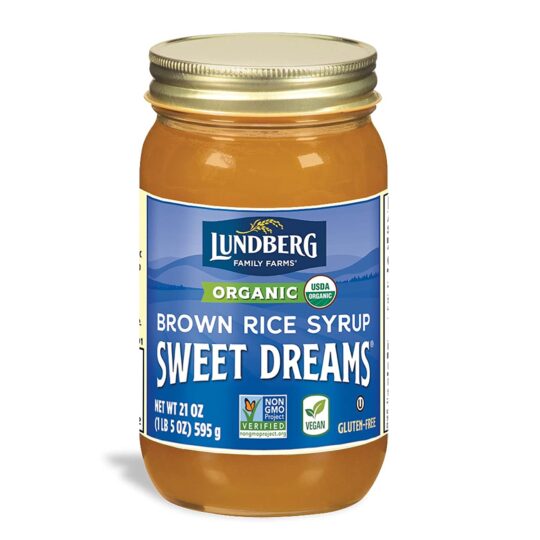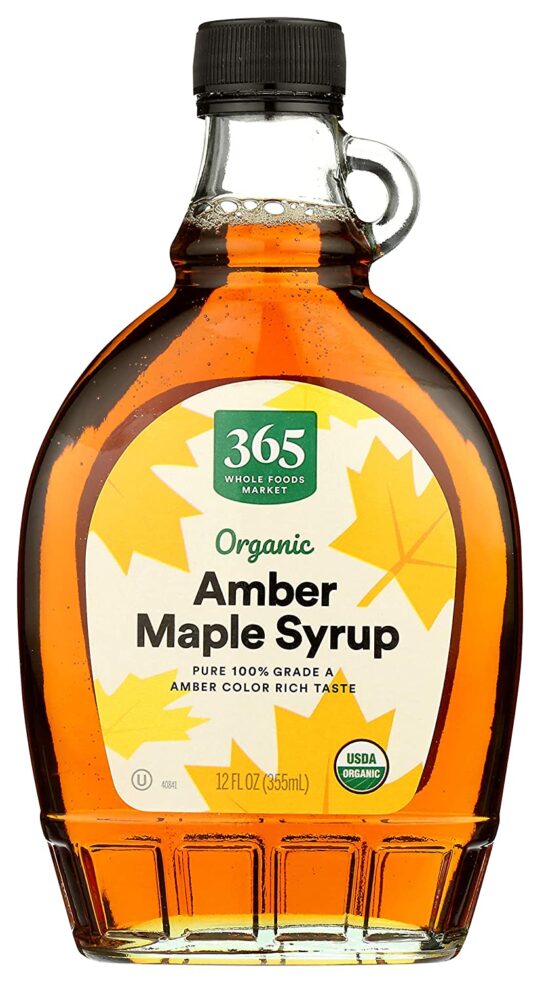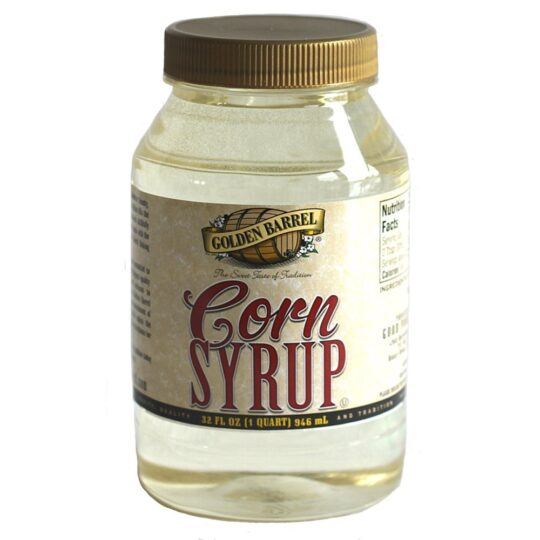Maltose syrup, often known as Maltose, is an extremely thick syrup used in traditional Chinese cuisine.
Char SIU’s gorgeous glossy appearance is due to this secret ingredient. Caramel sauces, sweets, jello, juice drinks, wine, dairy products, beer, canned goods, soy sauce, bean pastes, and other condiments are all processed with it. It can be found in practically anything you can think of.
Because Maltose prevents the crystallization of other sugars, it is commonly used in jams and jell-os. It also has a low freezing point and can enhance the shelf life of many items it is added to.
Read on to understand more about Maltose, how to efficiently use it in your cooking, plus delectable recipes you will fancy it in.
However, you might be pressed with situations where you do not have any maltose at hand, and your recipe calls for it. Do not worry much. This article has included some excellent maltose substitutes you can use when in a pinch.
What is maltose
Maltose is a naturally occurring sweetener found in fermented grains such as barley and rice. Before converting into alcohol, a crystalline, water-soluble sugar is generated from germinated barley as it ferments during the brewing and distilling process.
Maltose is a glucose-based disaccharide with two glucose units. Since it is a reducing sugar, it helps with Maillard browning and caramelization. Maltose is a good yeast nutrient used as a sucrose alternative in baking.
Notably, Maltose is neither syrup nor sugar-like inconsistency. It is thicker than a syrup – more solid than liquid – and less sweet than sugar or honey.
Maltose, also known as malt sugar or Yitang, is a nutrient or sweetener obtained at organic or specialized food stores.
Maltose is a common ingredient in Asian cooking, and it’s utilized in dishes like Peking Roast Duck, where the malt sugar is used to baste the duck’s outer skin before cooking, providing a sweet, caramelized, and crispy coating that keeps the flesh juicy while it cooks.
Maltose uses in recipes
Maltose is commonly used in Chinese cuisine for roasting meats and crisping the skin of fowl such as fried squab. Because of its dry, stiff, thick nature and great stickiness might not be easy to handle at room temperature.
See some delectable recipes where Maltose is well utilized in:
- BBQ pork
- Chinese roasted ribs
- Char Siu
- Maltose-glazed spared ribs
- Fried chicken with maltose sugar
- Maltose roast chicken
- Sachima
- Roasted duck
- Coconut maltose rice
- Homemade rice syrup
- Chinese maltose candy
- Rice punch
- Marmite fried chicken
- Red bean paste
- Pineapple cake
Maltose substitutes
Now that you understand how well you can use Maltose in your cooking and decent recipes, you can also try it. Let’s take a look at some excellent maltose substitutes you can try when you are in a pinch.
Brown rice syrup

Brown rice syrup is a great substitute for Maltose. This sugary syrup, often known as rice malt, is made from rice starch.
Brown rice is a nutrient-dense food; however, its syrup is deficient. It may contain trace levels of minerals like calcium and potassium, but these amounts are insignificant compared to what you get from whole foods.
Brown sugar syrup has half the sweetness of refined white sugar, and it is usually all-natural and organic, with no fructose or gluten. Vegans generally prefer brown rice syrup over other sweeteners since it does not contain animal bone char, unlike white sugar.
Although not as sweet, brown rice syrup may be substituted 1:1 in most recipes that call for sweetness, and it works equally well with BBQ glazes. Thanks to its mild flavor, it’s one of the most adaptable options on this list.
Maple syrup

Maple syrup is a great maltose alternative that’s a little bit healthier than ordinary sugar. It’s a healthy option, with no less than 24 antioxidants; however, it’s sweeter than other syrups advised as Maltose substitutes.
This delectable extract from sugar maple trees is available in various grades. The richer the maple flavor, the darker the maple syrup. As a result, we recommend using light or medium amber maple syrup instead of darker syrup when substituting Maltose.
Maple syrup’s sweetness makes it ideal for various foods, including baked products, roasted vegetables like tomatoes, salad dressings, and dessert whipped cream. Work carefully and modify according to the sweetness of your syrup, or the end product could be a sugary disaster.
Corn syrup

Corn syrup, which contains Maltose, is another popular replacement for a recipe called Maltose.
Corn syrup is a food syrup derived from corn starch (known as maize in many countries) that contains various levels of sugars such as glucose, Maltose, and higher oligosaccharides depending on the grade. Corn syrup, commonly known to confectioners as glucose syrup, is used in dishes to soften texture, provide volume, prevent sugar crystallization, and enhance flavor.
Corn syrup is a low-cost, pleasantly sweet thickening that can be used in any recipe that calls for Maltose. It is a great glaze for grilling and baking, and you can use a bit to thicken the consistency of anything that requires a little sweetness.
Corn syrup is ranked higher than maple syrup and golden syrup due to its versatility and reach. On the other hand, some people like the more expensive liquid sweeteners’ fuller flavor.
Frequently asked questions (FAQs)
Is maltose considered sugar?
Maltose is technically a double sugar because it comprises two linked molecules of the simple sugar glucose. Maltase, a digestive enzyme, catalyzes a reaction in which a water molecule is introduced between two glucose molecules.
Is maltose natural?
Maltose is a natural sweetener made from fermented grains, mainly rice, that originated in China. Maltose has the following ingredients: rice and water. That concludes our discussion. Maltose comprises two glucose molecules joined together. Thus, there’s no fructose here.
Is maltose the same as molasses?
No! Maltose is a sugar produced from germinating grains such as barley, rice, and millet. It is also known as malt syrup – though it does not have a syrupy consistency. Most recipes ask for molasses, honey, or brown sugar as a maltose substitute, but none taste or have the same consistency as Maltose.
Conclusion
These maltose substitutions can be used in any recipe that calls for Maltose, although some flavors will benefit from specific alternatives.
Make sure to try out all of your alternatives so you’ll be ready for whatever recipe you come across. The ideal maltose substitute will be determined by how sweet you want your liquid sweetener and how thick you need the syrup.